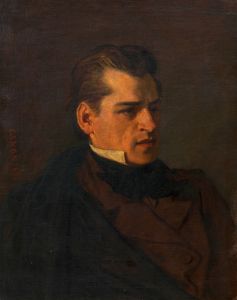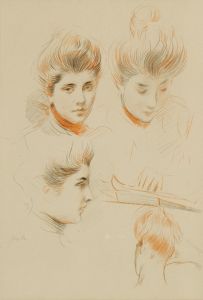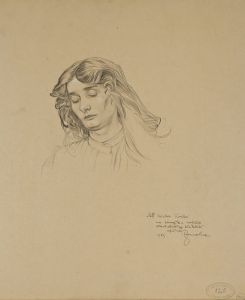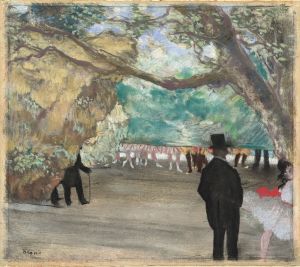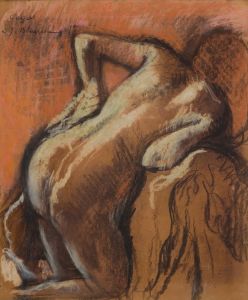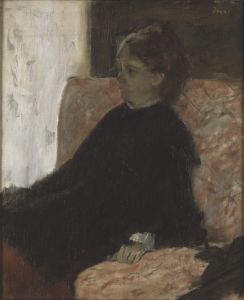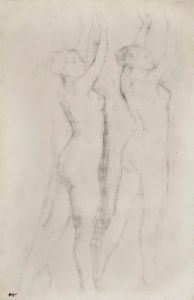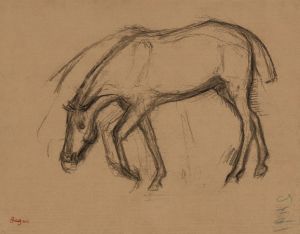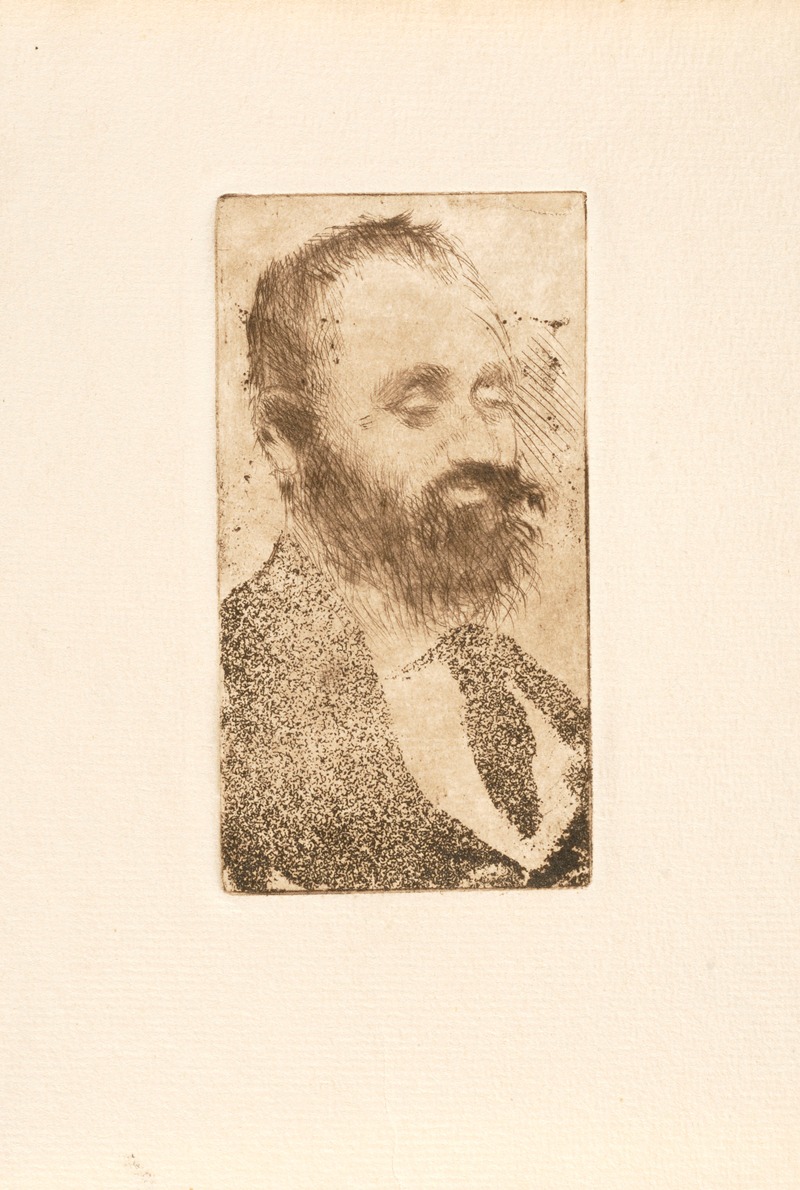
Portrait of Alphonse Hirsch
A hand-painted replica of Edgar Degas’s masterpiece Portrait of Alphonse Hirsch, meticulously crafted by professional artists to capture the true essence of the original. Each piece is created with museum-quality canvas and rare mineral pigments, carefully painted by experienced artists with delicate brushstrokes and rich, layered colors to perfectly recreate the texture of the original artwork. Unlike machine-printed reproductions, this hand-painted version brings the painting to life, infused with the artist’s emotions and skill in every stroke. Whether for personal collection or home decoration, it instantly elevates the artistic atmosphere of any space.
Edgar Degas, a prominent French artist known for his contributions to Impressionism, created the painting "Portrait of Alphonse Hirsch" in the latter half of the 19th century. Degas, renowned for his mastery in depicting movement and his innovative compositions, often explored themes of modern life in Paris, capturing the essence of the city's social and cultural dynamics.
The subject of this portrait, Alphonse Hirsch, was a contemporary of Degas. However, detailed historical records about Hirsch's life and his relationship with Degas are limited. It is known that Degas often painted portraits of his friends, family, and acquaintances, which suggests that Hirsch may have been part of Degas's social circle or someone of interest to him during that period.
In "Portrait of Alphonse Hirsch," Degas employs his characteristic style, which often includes a focus on the psychological depth of his subjects. The painting is noted for its attention to detail and the subtle use of color, which are hallmarks of Degas's portraiture. His approach to capturing the human face and form was meticulous, often involving numerous preparatory sketches and studies to achieve the desired effect.
Degas's portraits are distinguished by their ability to convey the inner life of the sitter, and this work is no exception. The painting reflects Degas's interest in the complexities of human expression and character. His use of light and shadow adds a dimensional quality to the portrait, enhancing the realism and presence of the subject.
The composition of the portrait is carefully balanced, with Degas's typical attention to the interplay of line and form. The background is often understated in Degas's portraits, allowing the viewer to focus entirely on the subject. This technique is evident in the "Portrait of Alphonse Hirsch," where the simplicity of the setting directs attention to Hirsch's facial features and expression.
Degas's work during this period was marked by a transition from traditional academic painting to a more modern approach, which would later be associated with the Impressionist movement. Although Degas himself did not fully embrace the label of an Impressionist, his innovative techniques and focus on contemporary subjects were influential in the development of the movement.
The "Portrait of Alphonse Hirsch" is part of Degas's broader oeuvre, which includes not only portraits but also scenes of ballet dancers, horse races, and everyday life in Paris. His work is celebrated for its technical skill, innovative use of perspective, and the ability to capture fleeting moments with a sense of immediacy and intimacy.
Today, Edgar Degas is regarded as one of the leading figures in the history of art, and his portraits, including that of Alphonse Hirsch, continue to be studied and admired for their artistic and historical significance. The painting exemplifies Degas's enduring legacy as a master portraitist and a keen observer of human nature.





